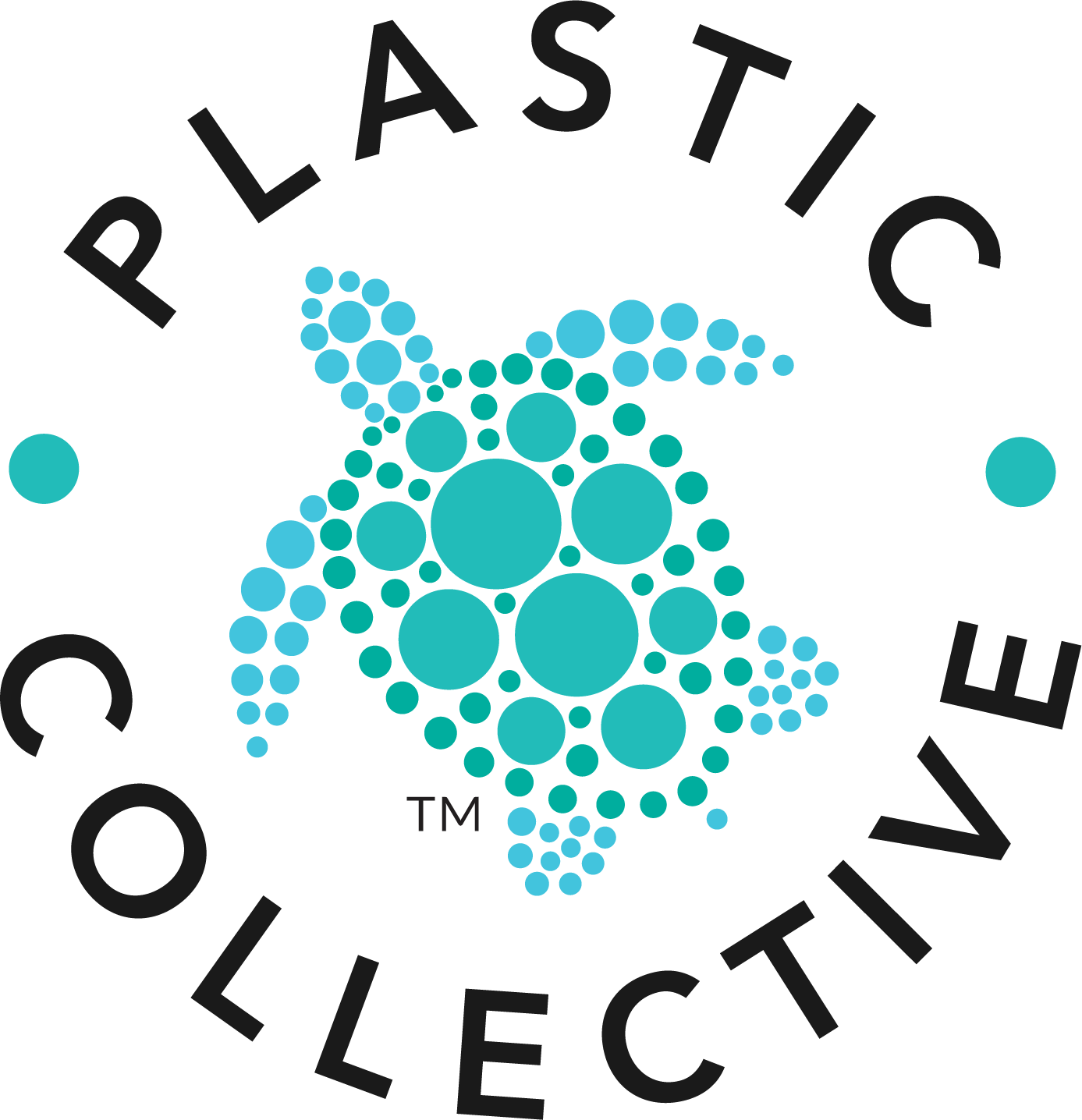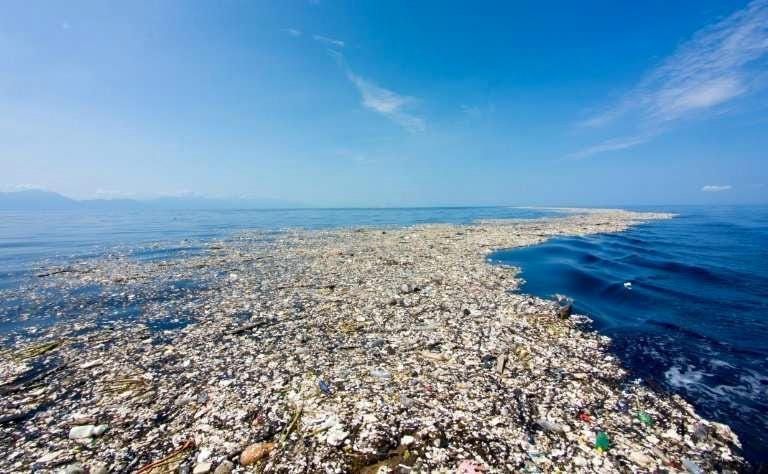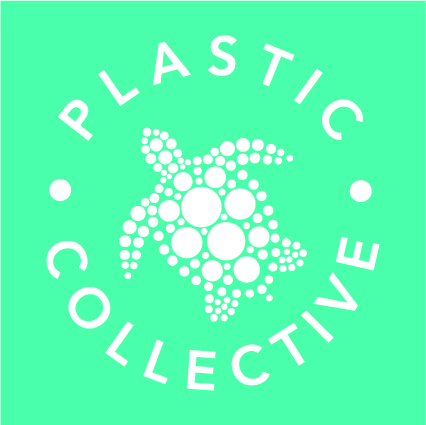I’d like to respond to Madeleine Jenkins’ article “Three problems’ with Verra’s first plastic waste reduction credits”. I’m Steve Hardman, Director of Plastic Collective, which is a developer of plastic collection and recycling projects that advises businesses on how to develop better plastic sustainability pathways and reduce plastic pollution. Part of our work includes registering projects in compliance with Verra’s Plastic Waste Reduction Program (Plastic Program) and advising brands on best practices when using plastic credits as a part of their plastic sustainability initiatives. I sit on Verra’s Plastic Program Advisory Group.
The three problems identified in the article are very pertinent in the quest to address plastic waste and are deserving of further elaboration.
1. Microplastics
It is not entirely correct that microplastics cannot be accounted for in Verra’s Plastic Program. To understand better how the Plastic Program allows projects to account for microplastics, you must consider two scenarios. First, how do you recover microplastics that have already leaked into the ecosystems and overall environment? Second, how do you stop plastic products such as plastic bags and plastic bottles from decomposing into micro plastics in the first place?
In the first scenario (collecting microplastics) it is entirely possible that projects using the Plastic Program can account for microplastics, subject to a plausible activity or technology that is able to successfully extract microplastics from the environment. Whilst this is an exceptionally challenging ambition, there are programs around the world that are exploring how this method of recycling plastic might be achieved. Take for example tyre dust, which many argue to be one of the largest contributors of microplastics and tonnes of plastic overall. I am aware of a number of initiatives that are attempting to collect tyre dust at source, i.e. collected by the vehicle to clean up as the dust is generated. If these initiatives are successful, then it is entirely possible that these activities could be registered under the Plastic Waste Reduction Program and generate plastic credits as a result when it is launched.
In the second scenario (stop plastic products decomposing into micro plastics in the first place), it is true that the Plastic Program does not directly account for this scenario. It should also be noted that whilst the Plastic Program and its methodologies do not directly address this scenario right now, it is not impossible that the methodologies could be updated to accommodate this scenario in the future. Take for example the initial methodologies which did not include chemical recycling of tons of plastic. Chemical recycling is currently being added to the methodologies of the Plastic Program. Another example is biodegradable plastic which is currently not accommodated in the methodologies, however there are discussions ongoing about how they might be accommodated in the future.
2. Carbon Dioxide Emissions
Greenhouse gas (GHG) emissions are certainly a critical aspect of plastic usage which must be addressed. The production of virgin plastic is carbon intensive with some factories emitting 2kg of GHG for every 1kg of virgin plastic produced. Additionally, plastic waste produces GHG when incinerated and even emits GHG when buried in landfill.
Thankfully this is an area Verra is looking to address by developing a GHG quantification methodology under its VCS Program that enables a plastic recycling activity to be registered to produce both plastic credits and carbon credits. Whilst this is technically possible today, Verra intends to streamline participation under the two separate programs to reduce the costs for projects. The single methodology should enable projects registered under the Plastic Program to easily account for GHG reductions as a result of improving waste management systems and recycling programs.
3. Is it a Buy-out Option
A buy-out option, or worse a license to continue polluting makes zero waste tougher to achieve and is placing more and more stress on our natural resources. These are very real concerns for the plastic credits broadly. It’s also been a similar concern in the carbon credit space for decades, from initial fossil fuel concerns to current waste collection methods. However, there is a fundamental difference between carbon and plastic credits. Plastic credits represent an investment in waste management infrastructure that is needed regardless of the actions companies take to reduce their plastic usage. Plastic from disposable plastic containers, to plastic packaging such as plastic straws, coffee cups, produce bags and shopping bags will be around for the foreseeable future. Therefore, we must invest in the waste management systems necessary every year to keep plastic out of the environment and in the circular economy.
The 3R Initiative’s Guidelines for Corporate Plastic Stewardship helps address this matter and aims to reduce the amount of plastic in use. This is a supporting framework that details how brands leveraging plastic credits should only use plastic credits as a stop gap and complement to all other avenues to reduce, reuse and recycle various types of plastic.
3RI’s Guidelines were developed in partnership with leading organizations in the plastic sustainability space such as South Pole, ea, and Quantis.
The Guidelines go further to detail how a plastic mitigation strategy should be developed, within which plastic credits are a short term strategy, which is applied whilst a brand strategizes to further avoid, reduce, reuse and recycle plastic come into play. It is identical in principle to widely-adopted carbon mitigation strategy approach and climate change objectives. Brands should also increase their investment into collection and recycling infrastructure, which are often the biggest hurdles towards achieving circularity in developing regions.
Find out how Plastic Collective works and get latest news and info about Plastic recycling, clean energy and the effects of climate change, by subscribing to the Plastic Collective newsletter.


